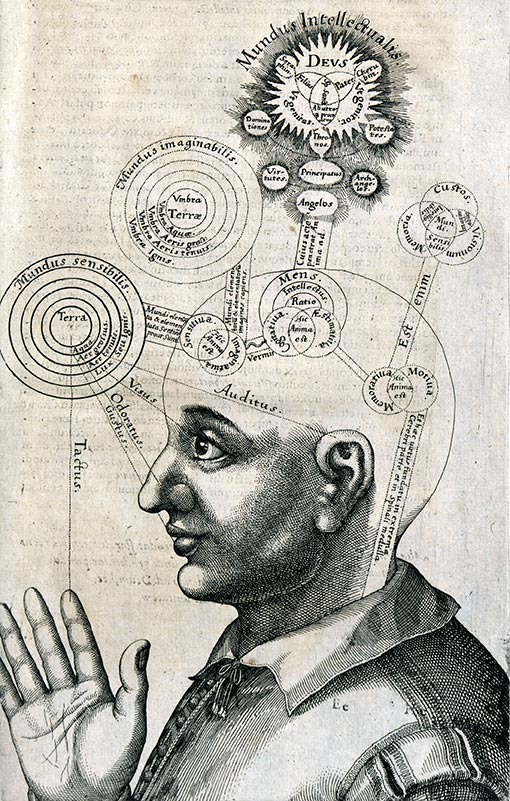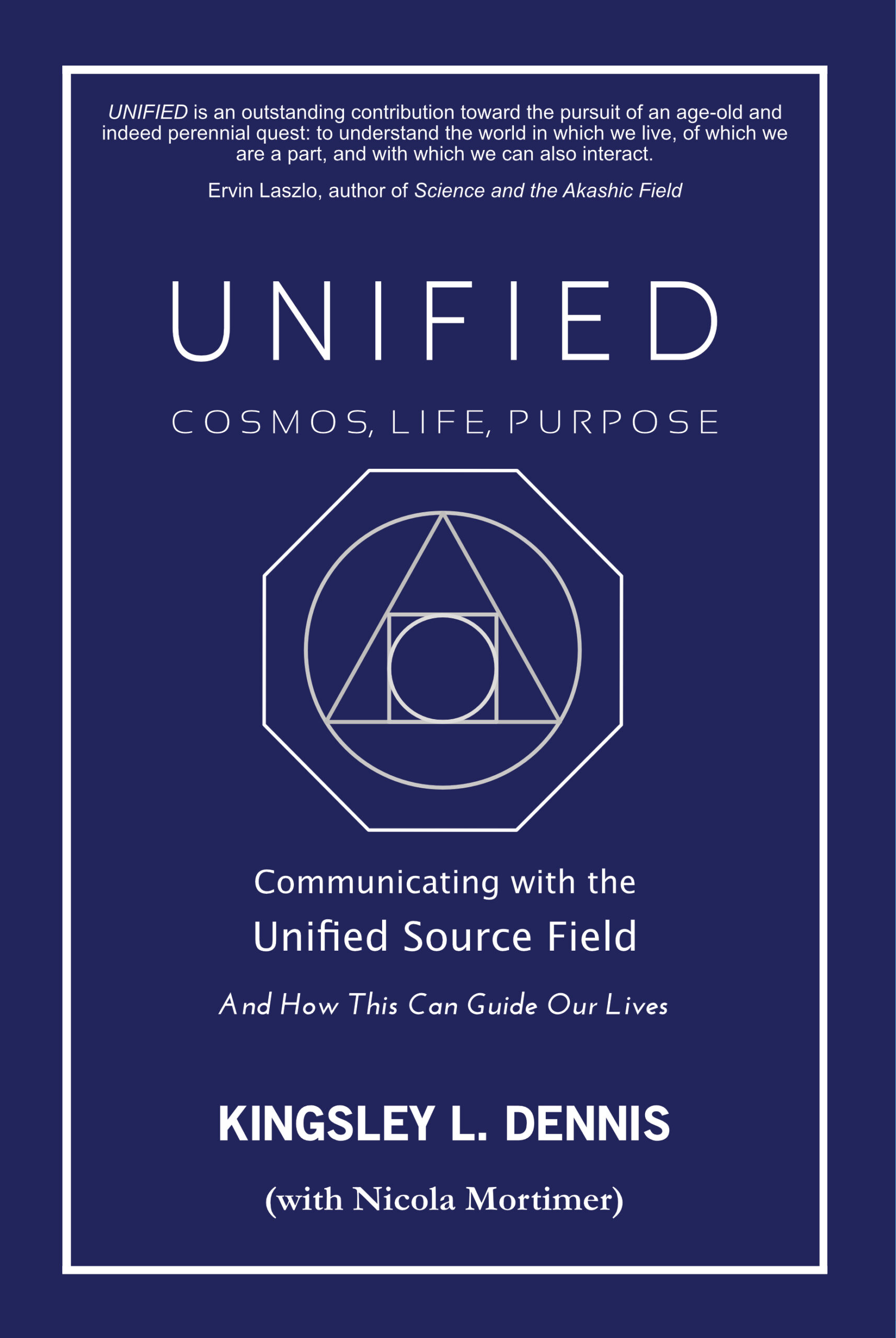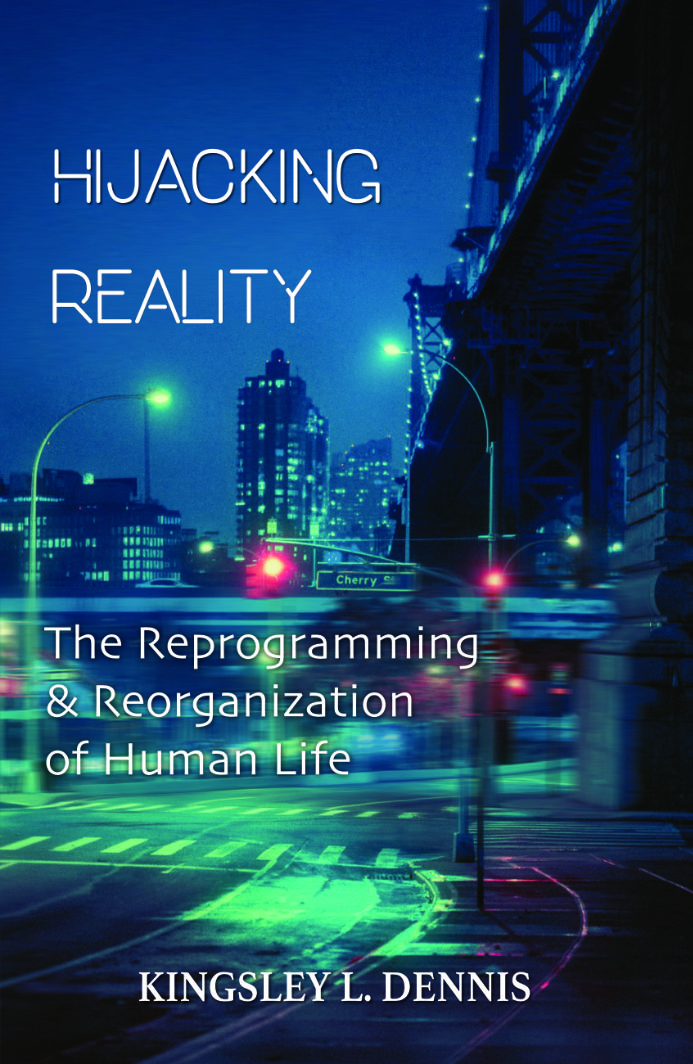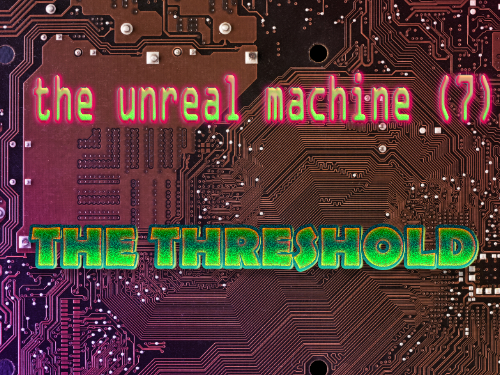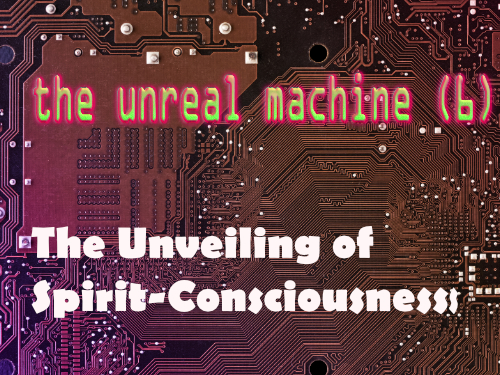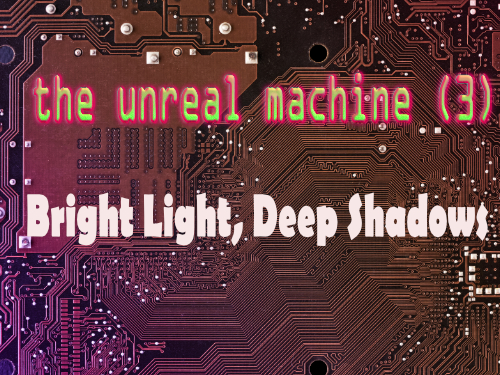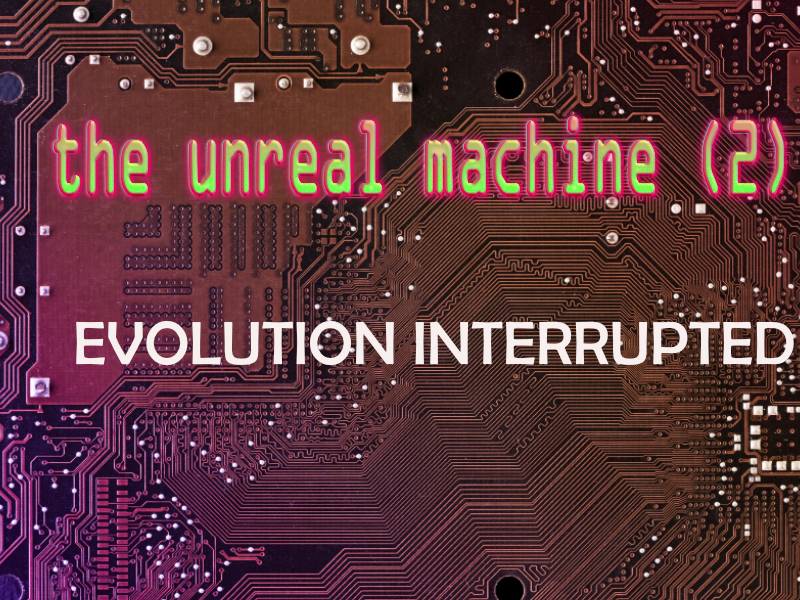CONSCIOUSNESS, COSMOS & PURPOSE
PART II – Living in a Coherent Cosmos
If our observed universe is indeed a projection – of ‘in-formed’ – from an underlying conscious matrix (as suggested by the hologram theory), then we would expect the universe to manifest a marked degree of order. That is, there would be evidence that the universe we inhabit is not the end result of a random assembly of forces. In fact, cutting edge science has now shown that our universe is remarkably coherent. This coherence, which statistically is far beyond randomness In terms of the universe’s numerical parameters there are a number of ‘coincidences.’ One of the earliest to be discovered (by Arthur Eddington and Paul Dirac in the 1930s) was the ratio of the electric force to the gravitational force, which is approximately 1040. Similarly, the ratio of the observable size of the universe to the size of elementary particles is likewise about 1040. There are also other numerical alignments, such as the ratio of elementary particles to the Planck-length (which is 1020) and the number of nucleons in the universe[ii]. Likewise, the physical processes that underlie our universe appear to be incredibly fine-tuned. It is not possible within the scope of this article to list all the staggeringly precise universal constants that ‘just happened’ to occur in order for life as we know it to arise in the universe. One example concerns the expansion rate of the early universe. If the expansion rate had been one-billionth less than it was, then the universe would have re-collapsed almost immediately. Similarly, if the expansion rate had been one-billionth more, it would have flown apart so fast that matter would not have been able to form. Another precise fine-tuning exists between the strength of the electromagnetic field relative to the gravitational field. If the difference had been other than it is, stable stars like our own sun would not have formed. Thus, the evolution of life on planets would not have been possible according to known laws. Yet another example is the difference between the mass of the neutron and the proton. If the mass of the neutron were not precisely twice the mass of the electron then no substantial chemical reactions could take place. Our universe has a stable configuration, in terms of matter, precisely because the electric charges of electrons and protons have an accurate balance. In other words, our universe is incredibly fine-tuned beyond any possibility of chance. It could be said that we exist in a ‘just-right’ universe. According to the calculations of mathematical physicist Roger Penrose, the probability of coming across such a universe, fine-tuned to life, by random selection is 1 in 1010123. Physicist Bernard Haisch has wryly noted that there is a greater probability than this that our universe is teeming with intelligent life! There are no other words for it – our universe is spectacularly coherent beyond our comprehension. And this drive toward emergent coherence also pervades our biological evolution. According to Laszlo, this trend is reflected throughout life on planet Earth. The intricate elements and processes that make up what we call life all exhibit forms of entanglement that, according to quantum science, show remarkable coherence. Physicists Eric Cornell, Wolfgang Ketterle, and Carl E. Wieman demonstrated that complex molecules, cells, and even living organisms exhibit quantum-type processes (and received the 1995 Nobel Prize for their discovery). What this tells us is that complex organisms could not have evolved on this planet without some form of quantum coherence. The human body is one example, where each cell produces 10,000 bio-electro-chemical reactions every second, and there exists a constant flux of inter-reactions and processes connecting molecules, cells, organs, and fluids, throughout the brain, body and nervous system. Recent findings in biophysics have demonstrated that a form of quantum coherence operates within living biological systems through what is known as biological excitations and biophoton emission. What this means is that metabolic energy is stored as a form of electromechanical and electromagnetic excitations. Further, a quantum-level correlation in organisms is neither limited to the organisms themselves but also operates among organisms. That is, a complex ecology of organisms exists on this planet that is ‘fine-tuned’ via coherent fields establishing a biosphere that is interactive and participatory. Life on this planet is a dance of coherence between organisms and their environment. Physical, chemical, and biological coherence leads ultimately to a degree of perception/comprehension regarding types of relations and interconnectivity (Laszlo uses the term ‘prehension,’ which he borrows from Alfred North Whitehead). What this implies is an element of conscious interconnectivity between the various sub-parts of any system. That is, as parts of a given system become more complex and interdependent, there arises a greater degree of ‘emergent perception’ regarding the relations of interconnectivity. In other words, coherence becomes a conscious purpose. As coherence is the dominant driver/attractor in physical, chemical, and biological (species) development, so may it be an expression of social development. Hence, a society may display chaotic, random, and disruptive behaviour, and yet be governed at an innate and essential level by remarkable coherence. This may, in fact, be a necessity and fundamental prerequisite for not only sustaining life, but for its future development. The implications here are that social and cultural disequilibrium (including disruptions, chaotic events, and anomalies) may function as ‘tuning adjustments’ required for developmental potentials in the social environment. This perspective positions social disruptors (‘chaotic disruptors’) as mechanisms for adjusting to potentials that allow for greater degrees of coherence. Stated plainly, social disruption and chaotic events could be viewed as physical occurrences that assist in the drive toward greater coherence in the social realm. The universal trend toward coherence exists in the physical universe – in its laws and processes (chemical and physical) – as well as in and amongst living organisms (the biological realm). This trend, it appears, is toward more sensitive and stable coherence, as well as a drive toward emergent conscious interconnectivity. Behind this phenomenon, it has been hypothesized, exists a cosmic matrix of conscious intelligence. Upon this planet the ultimate physical manifestation of coherence may very well be social order at a planetary scale – a planetary civilization. Could this be the arena where immanent universal order meets with a transcendent emergent consciousness? Social Coherence on a Planetary Scale A grand sweep of history will show the rise and fall of countless civilizations, empires, and cultural manifestations. From another viewpoint it will also show a marked shift in the perceptive traits of human consciousness. How we see the world, and our place in it, has influenced how we participate in the world around us. And until very recently the consensus has been to view the world as exterior to us – separate and fragmented. Previous empires sought to conquer and control; and to create, as far as was possible, their idea of a uni-polar world. Yet no empire ever truly succeeded in this endeavour. Previous city-states, societies, civilizations, and empires have represented the emergence of groupings (‘systems’) seeking greater stability and out-reach – in a word, coherence. This fundamental need for coherence and stability that came with complex groupings was often critically centred on resources. The overshoot of a society/social system in the face of dwindling resources often resulted in sudden collapse[iii]. As in the physical, chemical, and biological examples mentioned previously, the dominant attractor is coherence. The drive toward achieving greater levels of coherence – especially amongst increasingly complex systems – appears to be a universal trend. According to this hypothesis, by applying the coherent attractor to social systems then the ultimate scale-up on this planet would be a planetary civilization. Are we currently on the cusp of a developmental impulse toward a planetary civilization? Is this the purpose/drive behind the coherent order underlying existence in our spacetime? We have entered a period where a uni-polar world is no longer possible – the age of empires is at an end. Our present multi-polar world reflects a level of deep interconnectivity between the dominant, and also not-so-dominant, nations, states, and regional blocks. Paradoxically, however, this early stage of global interconnectivity and interdependence is creating conflict amongst the major players – the very opposite of what we would expect to see in a drive toward coherence. So, where is the underlying coherence behind this display of social disruption? In recent years we have witnessed the rise of an empathic consciousness amongst the diverse peoples of the world[iv]. A major catalyst behind this emergence has been our global technologies of communication. As was previously noted, a developing degree of ‘perception’ of the interconnection between parts of a whole serves as both an expression of coherence as well as a driver toward further coherence. The World Wide Web – our global Internet – represents an exterior form of this underlying need for manifesting interconnectivity. Earlier commentary on the rise of global interconnectivity discussed this in terms of a ‘Global Brain.’[v] We know from recent neuroscience that the mind operates throughout the human body, and is largely centred in the human heart. The concept of the human brain and its functioning is increasingly referred to as an extended mind. Our technologies of connection and communication serve as the tangible expression of our species extended mind, and as such function as channels for our conscious communication. The post-industrial world is establishing a global environment where unprecedented information flows, through distributed (and wireless) networks, are allowing for new levels of connection, collaboration, consciousness, and compassion. We have become increasingly conscious of our inherent interconnectivity upon a social/physical level, as well as upon a virtual/digital and nonlocal one. Moreover, as the older borders and boundaries (both real and invented) separating us on this planet further dissolve, we find that there is greater unity within our diversity than we realized – and our social fears dissolve too. And how we see the world also influences how we interpret our received consciousness. It is likely that the current drive toward social coherence on planet Earth will first emerge through the individual consciousnesses of us, the people. From the Internet to smart phones, from social media and video-sharing, from blogging to vlogging – we are connected, passionate (and with compassion), and striving to collaborate like never before in our history as a species. And much of this shift is taking place under the radar of the mainstream status quo. The fundamental universal drive toward greater coherence may very well be manifesting through a marked shift in human consciousness that is increasingly being played out on a global field. Bibliography Alexander, Eben (2012) Proof of Heaven: A Neurosurgeon’s Journey into the Afterlife. Oxford: Piatkus Carter, Chris (2010) Science and the Near-Death Experience; How Consciousness Survives Death. Rochester: Inner Traditions Elgin, Duane (2014) ‘The Buddha Awakening, Integral Expanding, and a Second Axial Age for Humanity’, Journal of Integral Theory and Practice, 2014, 9(1), 145-154. Grey, Margot (1986) Return from Death: An Exploration of the Near-death Experience. London: Arkana Laszlo, Ervin (2004) Science and the Akashic Field: An Integral Theory of Everything. Rochester: Inner Traditions Laszlo, Ervin; Peake, Anthony (2014) Immortal Mind: Science and the Continuity of Consciousness Beyond the Brain. Rochester: Inner Traditions Lorimer, David (1990) Whole in One: The near-death experience and the ethic of interconnectedness. London: Arkana Moorjani, Anita (2012) Dying to Be Me: My Journey from Cancer, to Near Death, to True Healing. New York: Hay House Russell, Peter (1988) Awakening Earth – The Global Brain. London: Arkana Sheldrake, Rupert (2009) Morphic Resonance: The Nature of Formative Causation. Rochester: Park Street Press Tainter, Joseph (1990) The Collapse of Complex Societies. Cambridge: Cambridge University Press Zaleski, Carol G. (1988) Otherworld Journeys: Accounts of Near-Death Experience in Medieval and Modern Times. Oxford: Oxford University Press [i] See ‘Consciousness in the Cosmos: Part II – The Evidence of Consciousness in the Cosmos’, Watkins Mind Body Spirit magazine, vol. 40 [ii] For further numerical alignments see ‘Consciousness in the Cosmos: Part II – The Evidence of Consciousness in the Cosmos’, Watkins Mind Body Spirit magazine, vol. 40 [iii] See The Collapse of Complex Societies by Joespeh Tainter [iv] See https://www.kingsleydennis.com/awakening-to-our-empathic-mind-pt-1/ [v] Most notably Awakening Earth – The Global Brain by Peter Russell


